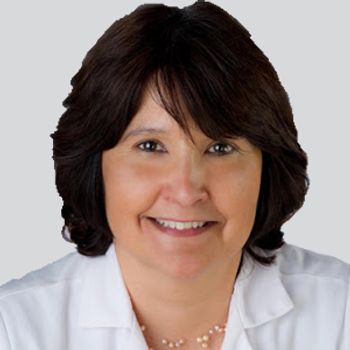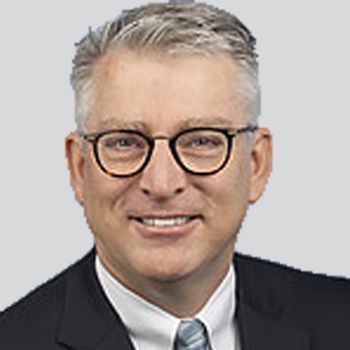
Non-work-related activity impairment was statistically significantly reduced in the galcanezumab group compared to placebo.

Marco Meglio, Assistant Managing Editor for NeurologyLive, has been with the team since October 2019. Follow him on Twitter @marcomeglio1 or email him at [email protected]

Non-work-related activity impairment was statistically significantly reduced in the galcanezumab group compared to placebo.

Incident impulse control disorder behaviors through the 5-year follow-up period were correlated with dopamine agonist use and depression, but not with age.

Raising glucose levels may prove to be a simple and novel technique for the prevention and treatment of post-dural puncture headache.

Cenobamate may offer a potential treatment option for patients who continue to have seizures despite the use of available treatments.

Topline results from the phase 3 trial of arimoclomol are expected to be announced in the first half of 2021.

The agent’s developer, Argenx, stated that it plans on submitting a biologics license application (BLA) to the FDA by the end of 2020.

Improvements in function may be mediated by an effect of aerobic fitness on deep gray matter brain structures.

A subset group of inebilizumab-treated patients who did not have adjudicated attacks displayed more than a 2-fold increase in serum CSF glial fibrillary acidic protein from baseline, implying GFAP may serve as a biomarker.

Data from the overall satralizumab treatment period, which expanded on the double-blind periods by adding new data from the ongoing open-label extension periods, were consistent with the double-blind period results.

Increases in physical, emotional, and cognitive functioning were more common in patients receiving natalizumab than in patients receiving other disease modifying therapies.

The Novartis agent showed benefit in patients who had multiple sclerosis both with and without relapses.

The Genentech agent, which is approved for patients with relapsing-remitting multiple sclerosis, showed no new safety signals in a comparison between conventional and shorter infusion times.

Plasma neurofilament light chain (pNfL) may serve as a prognostic tool to assess the risk of developing permanent disability in multiple sclerosis.

The director of behavioral medicine at the Mellen Center for MS Treatment and Research at Cleveland Clinic detailed the need to incorporate interdisciplinary care and behavioral medicine in commonplace MS practice.

The first study to examine the impact on real-world outcomes and costs of switching patients with MS from Copaxone to Glatopa revealed few significant differences.

The data support the need to raise awareness of involuntary movements from possible tardive dyskinesia and the importance of properly screening and diagnosing patients.

The association between black individuals and processing speeds may explain the black-white disparities in dementia risk at older age.

The new data further cemented the therapy’s consistent safety profile from previous studies as well as demonstrated a newfound durability in patients with later-onset spinal muscular atrophy.

Women with multiple sclerosis had a greater risk of macrovascular disease than men, which was consistent with previous studies.

During the COVID-19 pandemic, it is more important than ever to ensure that a patient with stroke is transferred to the right hospital the first time around.

The director of pediatric epilepsy and professor of neurology at Mayo Clinic detailed how care for patients with epilepsy has changed during the COVID-19 pandemic.

Automated Imaging Differentiation in Parkinsonism (AID-P) outperformed both the Magnetic Resonance Parkinsonism Index and neurofilament light chain protein in differentiating PD from atypical parkinsonism.

Avadel seeks to have its sodium oxybate agent be the first once-nightly therapy to address both excessive daytime sleepiness and cataplexy in patients with narcolepsy.

System interventions could be used to modify patient behavior, leading to improved adherence and better clinical outcomes for those with sleep-disordered breathing, according to new data.

The FDA-approved treatment was associated with a clinically meaningful delay in needing continuous ventilation among patients with Duchenne muscular dystrophy.

Data suggest that discrepancies in genetic testing for epilepsy warrant second opinions for interpretations as well as clinical reports that become part of a patient’s medical record following a second opinion.

Women with migraine with cold extremities had higher attack frequencies, which data suggest stems partly from sleep disturbances.

The wide variance in onabotunlinumtoxinA use for migraine prevention raises the question of whether evidence-based advisory statements might be more helpful than a proscriptive protocol.

Treatment with SK Life Science’s cenobamate showed higher responder rates than placebo, regardless of baseline seizure frequency or disease duration.

The first study to assess the effect of endovascular therapy added on to intravenous thrombolysis uncovered more evidence of its effect on specific occlusions rather than overall outcomes.